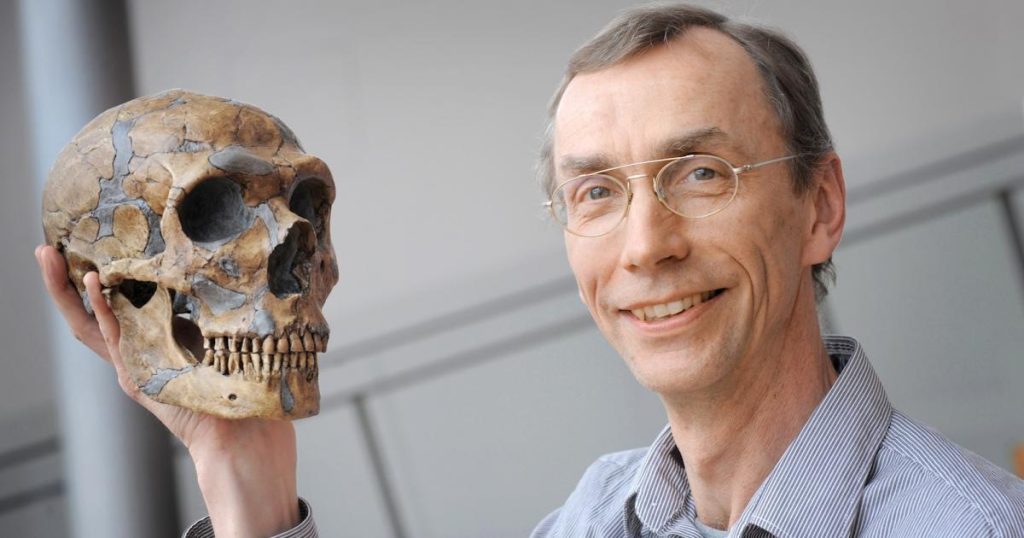
Why the Nobel Prize in Medicine for a prehistoric geneticist?
The name Svante Pääbo has been ringing for 25 years, almost whenever there is talk of new developments in decoding our ancestors’ genes. When, at the end of the 1980s, this Swedish researcher and colleagues from several countries began delving into this distant past, few thought it was possible that we might one day know Neanderthal genes: DNA is a molecule that decays very quickly, and the last Neanderthals died more than 25,000 years ago. general. In addition, the risks of contamination by humans who have handled these bones for generations were all over the place.
By developing techniques and methods that made him successful, the Max Planck Laboratory for Evolutionary Anthropology in Germany became a must: after decoding part of the Neanderthal genome in 1997, it was thanks to the team led by Svante Pääbo there that in 2010 it was confirmed that a little finger bone belonged to A previously unknown branch of the human race – Denisovans, who lived in this region of Asia from 40 to 50,000 years ago.
This was the first time that a new human cousin had been confirmed, only thanks to genetics, and not through skeletal morphology. and what we now call palaeogenetics and palaeogenetics, would later deepen the question of the ancestral links between Neanderthals and Denisovans, the mystery of their respective territories, and the questions about their first contacts with sane man Leaving Africa. In recent years, we have come close to making new discoveries even in the oldest, ephemeral branches Homo erectus at the top of the list.
But regardless of the fact that these disciplines have become central to studies of human evolution, and have made it possible to better trace the migratory movements of our cousins and ancestors in the past million years, they have opened unexpected doors for medicine.
On the other hand, by highlighting the origins of certain aspects of human physiology, from our immune system to High altitude adaptation. On the other hand, by revealing that some of the genes that our cousins have passed on to us over the past 100,000 or even 50,000 years can contribute to the risk of certain diseases, like schizophrenia even COVID-19. The coronavirus actually appears to cause more severe symptoms in those who have inherited Neanderthal DNA sequences. This part is present in about 50% of the population of South Asia and 16% of the population of Europe.
As stated by the Nobel Committee Three ‘archaic’ genetic sequences encode receptors involved in recognition of microbes and in allergic reactions. and other genes inherited from our cousins that appear to be linked to sleep disorders. and even more which seems to be related to a molecule used to indicate the presence of a virus – a sequence often found in Pacific people, apparently inherited from an encounter between sane man A subgroup of Neanderthals.
None of this says anything about possible cures, but all the fallout from a scientific breakthrough that was unheard of a quarter of a century ago and, at first glance, seemed of interest only to enthusiasts of human prehistory. However, it turns out that this is exactly what the Nobel Science Prizes reward for: discoverers whose tangible impact we can measure, with the benefit of time.
Especially since on the boundary between medicine and evolution there is a present that paleobiology is beginning to highlight: what is so special about man? In other words, what made us who we are compared to our deceased cousins? Therefore, some research has begun to target the genes that It may be linked to brain development. Other researchers are interested in the genes involved in language development. Impact of the Svante Pääbo . Laboratory A new generation of researchers In genetics it has long overflowed, far beyond that of Neanderthals.

“Organizer. Social media geek. General communicator. Bacon scholar. Proud pop culture trailblazer.”
